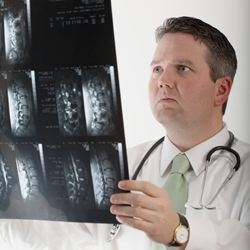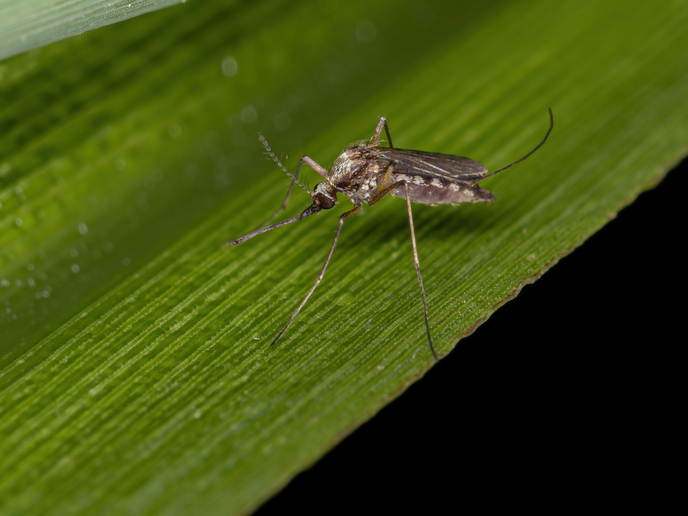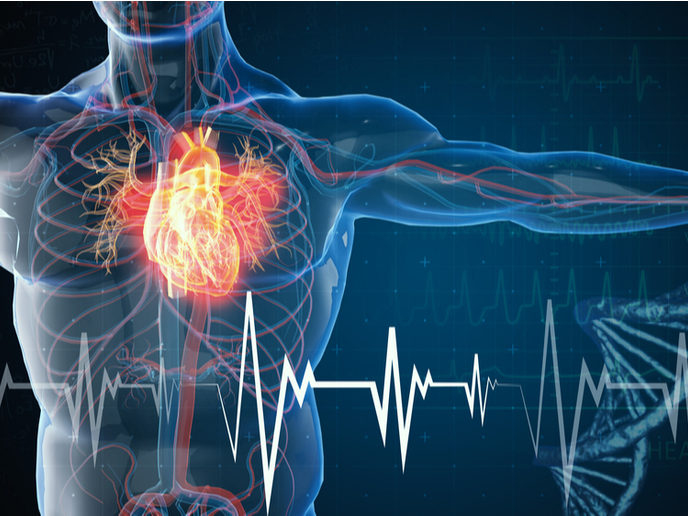At the backbone of disc problems
Degeneration of intervertebral discs is associated with severe back pain and chronic disability, particularly in the elderly. Not only does this mean a financial burden on European health services, but a patient's quality of life is severely downgraded. Reasons for the deterioration are multifactorial and may have their roots in genetics, lifestyle and changes in mechanical environment. Histological studies are one means of gauging the changes in the disc structure due to disease and strain. Disc cell features like their morphology and cytoskeletal, or cellular scaffolding, composition may reflect changes in their surrounding matrix. A classic example of this phenomenon is that the presence of increased vimentin content in the cytoskeleton is associated with greater weight-bearing regions of cartilage. A major aim of the EU funded project EURODISC was to examine the links between changes in the mechanical environment, tissue degeneration and associated pathologies. Specifically, the project research team based at the Robert Jones and Agnes Hunt Orthopaedic and District Hospital in the United Kingdom examined the detailed morphology of human intervertebral disc cells in diseased and non-diseased tissue. Using confocal microscopy combined with labelling of the cytoskeletal elements, the scientists challenged the traditionally held view that there are two main types of cell in the disc. These are chondrocytic oval cells found in the soft centre and fibrocytic cells (elongated and polar) present in the tough outer section. Both fibrocytic and chondrocytic cells were found in all intervertebral disc samples. However, a stellate form of cell was detected in both scoliotic and spondylolisthetic discs. This cell phenotype is characterised by multiple, branching cytoplasmic processes extending into the matrix. Previous research has suggested these extensions may 'sense' mechanical strain. As this cell type is most probably associated with areas bearing abnormal load, the researchers recommended that the stellate structure be included in spinal disc cell phenotypes. These findings may contribute to the identification of genetic markers and early diagnosis for appropriate treatment.







